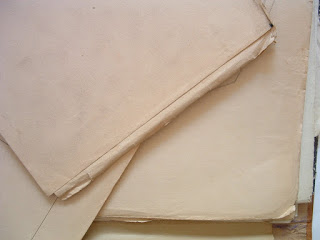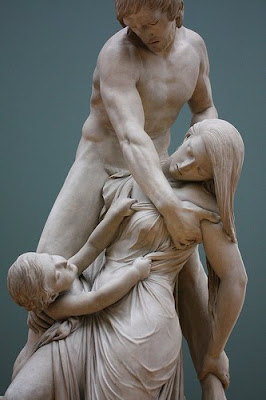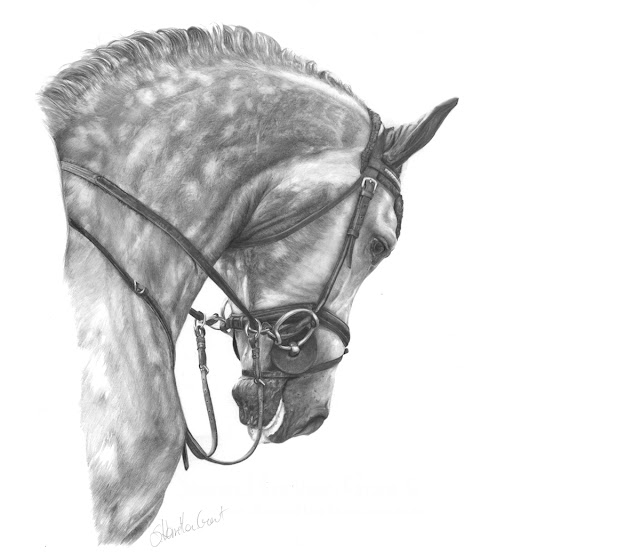Crucial Paper
Beware this post contains only technical (yawn!) content
One thing you have to remember is the word important...
Yes, the quality of the paper is paramount. (Low quality paper will let you down, if not straight from the start, for sure, at some time later down the road...)
To make sure you choose the right paper here are the points to look out for.
1. Acide Free.
Always choose a paper free of acid.
Papers with high acid content (cheap cartridge or newspaper papers) are made of chemically processed wood pulp which over time degrades and becomes yellow.
Premium art papers are made from cotton pulp. The manufacturers legibly display"Acid free"
Papers with high acid content (cheap cartridge or newspaper papers) are made of chemically processed wood pulp which over time degrades and becomes yellow.
Premium art papers are made from cotton pulp. The manufacturers legibly display"Acid free"
2. The Tooth
The other important detail to look out for is the tooth of the paper.
Tooth refferes to the surface of the paper.
The way the paper feels.
The rougher the surface the more tooth the paper has.
A toothy paper, feeling rough to the touch, will not allow for much detail but will allow to get real deep contrasts.
The more tooth the paper has, the easier it is to get the graphite to hold (the less layers needed) but the less detail you can achieve.
If detailed work is what you have in mind then you should choose a paper with very little tooth.
A toothy paper, feeling rough to the touch, will not allow for much detail but will allow to get real deep contrasts.
The more tooth the paper has, the easier it is to get the graphite to hold (the less layers needed) but the less detail you can achieve.
If detailed work is what you have in mind then you should choose a paper with very little tooth.
Strangely enough, despite the hours of work implied, I love to work on a paper with little or no tooth. . .
It is the smoothness of the paper that allows me to achieve nice detail.
It is the smoothness of the paper that allows me to achieve nice detail.
I love the feel I have when the pencil glides, slides and squeeck across the surface.
Choosing to use a paper with no tooth means 40 to 50 layers are needed to get the darks really deep and dark, to get the contrasts to pop and the details to appear.
3. Thickness
Due to the number of layers needed for creating the darks and the extra friction this creates, it is important to choose a paper with thickness.
Choosing to use a paper with no tooth means 40 to 50 layers are needed to get the darks really deep and dark, to get the contrasts to pop and the details to appear.
3. Thickness
Due to the number of layers needed for creating the darks and the extra friction this creates, it is important to choose a paper with thickness.
Only thicker and sturdier papers can cope with the layering without fibers becoming noticeable.
Thin paper won't work as well simply because it is fragile and unable to take several coatings of graphite, rework and/or erasing without going into holes.
Nowadays I like to use paper of at least 240gr thickness but anything from 200gr will do the job. I learned using 190gr and because I don't erase,the lighter of weight was not an issue. Contrary to common belief pencil is very difficult to erase...
Thin paper won't work as well simply because it is fragile and unable to take several coatings of graphite, rework and/or erasing without going into holes.
Nowadays I like to use paper of at least 240gr thickness but anything from 200gr will do the job. I learned using 190gr and because I don't erase,the lighter of weight was not an issue. Contrary to common belief pencil is very difficult to erase...
As you know, there's an overwhelming choice of paper on offer.
The most important thing is that you find a paper that suits you and your technique.
This can only be achieved through trial and error. Many art stores allow you to take samples to try out. This is a big help.
Being self-tought and not having this prior knowledge meant that my gut instinct guided me in my decisions. Some have been wrong but have, ultimately, after a bit of groaning, huffing and swearing, led to the right ones.
Being self-tought and not having this prior knowledge meant that my gut instinct guided me in my decisions. Some have been wrong but have, ultimately, after a bit of groaning, huffing and swearing, led to the right ones.
I can say that my papers of choice are Strathmore's Vellum smooth & Hahnermuehle's Nostalgie with my favorite being Mellotex.







Comments